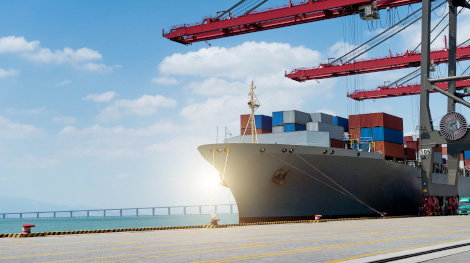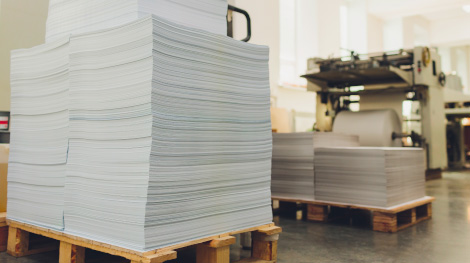Getting your products from A to B can be a daunting process. With so many different factors in play that need to be considered and organised, it can rattle even the coolest of people.
When shipping your goods, you want to ensure that they arrive when you want them to, and in a condition befitting your high standards. You want a streamlined process that will cause you the least amount of stress. You don't want to have sleepless nights spent fretting over the whole process.
At WTA, we are global freight experts. We have centuries of experience in freight management and have a deep well of knowledge about all things shipping.
To give you a helping hand in making your logistics operations as efficient as possible, we’ve developed this helpful guide on the 5 things you need to know before you ship.
What is Your Shipping Budget?
This is always a great place to start. Sit down with the key players in your organisation and decide on a suitable budget for your shipping endeavours.
This is an essential part of ensuring a smooth and stress-free logistics process.
Your budget will often dictate which transportation you will use, which will have a big impact on your solution.
Additionally, a factor that will affect your budget is shipping/regulatory fees. They shift and change, so you will need to keep yourself up to date on the latest happenings.
What is Your Timeline?
Identifying your timelines is another basic yet vital component of your freight process. How will you know what solution you need if you don’t know what your timeframe is?
This is particularly important for those shipping food products or marketing materials - or those freighting to a “next-day” delivery guarantee.
Do you have a particular date that these goods need to meet? If so, mark it down and work backwards from there.
To help you ensure that your products arrive in accordance to your timeline, develop some form of contingency plan. If there is an unexpected delay or issue, what will you do? How will you work around it? Identify your plan, and work it into your schedule.
Which Mode of Transportation Do You Need?
Once you have your budget and timeline, you will have a better understanding of what type of transportation options you will need.
Which type of freight will you require? Sea Freight? Air Freight? Overland? A combination? Will you need warehousing before shipping, or when your goods arrive at their destination? Are you shipping internationally, or regionally? All of these questions must be answered in order for you to develop a solution that is right for you.
Another aspect of this to consider is the price vs. timeframe. For example, Sea Freight is less expensive than Air Freight, but it takes longer. Which will you need to focus on more? Price, or time?
Ultimately, it doesn’t matter which option you choose - so long as your goods arrive on time, intact and in accordance with your budget.
What is Your Supply Chain?
Supply chains come in all different sizes and range in complexity. For your shipping efforts to be a success, it is important that you become an expert in your own supply chain. Who are the key players, how many are there, where are the potential problem areas - just to name a few key considerations.
It is important to note that the longer and more complex your supply chain is, the longer your delivery time will be.
It also has a direct correlation to your costs. For a streamlined delivery, work through your logistics and cut any unnecessary links or kinks in the chain. This will help your goods to pass through more swiftly while removing redundant costs.
A helpful tip? This is an area where the power of clear and concise communication is invaluable. Eliminate confusion within your processes by keeping a good line of information flowing at all times.
What Customs and Compliances Will You Need to Abide?
This is an area where delays are most likely to occur. Each country and region have their own set of customs requirements, legislation and regulations you will need to comply with. Failure to do so can result in major hold ups, and potentially some hefty fines as well.
In order to get your goods to their intended destination with the minimum of delay, put a great deal of time and effort into the research of any relevant customs and compliances.
This can be a difficult and confusing process, so be sure to be meticulous. Being thorough can save you a great deal of stress down the line.
If you’re not comfortable with handling this, you can always enlist the assistance of a customs and compliance specialist.
With these 5 factors squared away, you will help to establish a reliable and streamlined freight process.
At WTA, our international freight experts understand the complexities and stress that can come along with executing a successful global logistics solution.
Would you like to learn more about us, what we do and how we can help you to streamline your operations and reduce your overall costs? Discover more about what WTA does.





